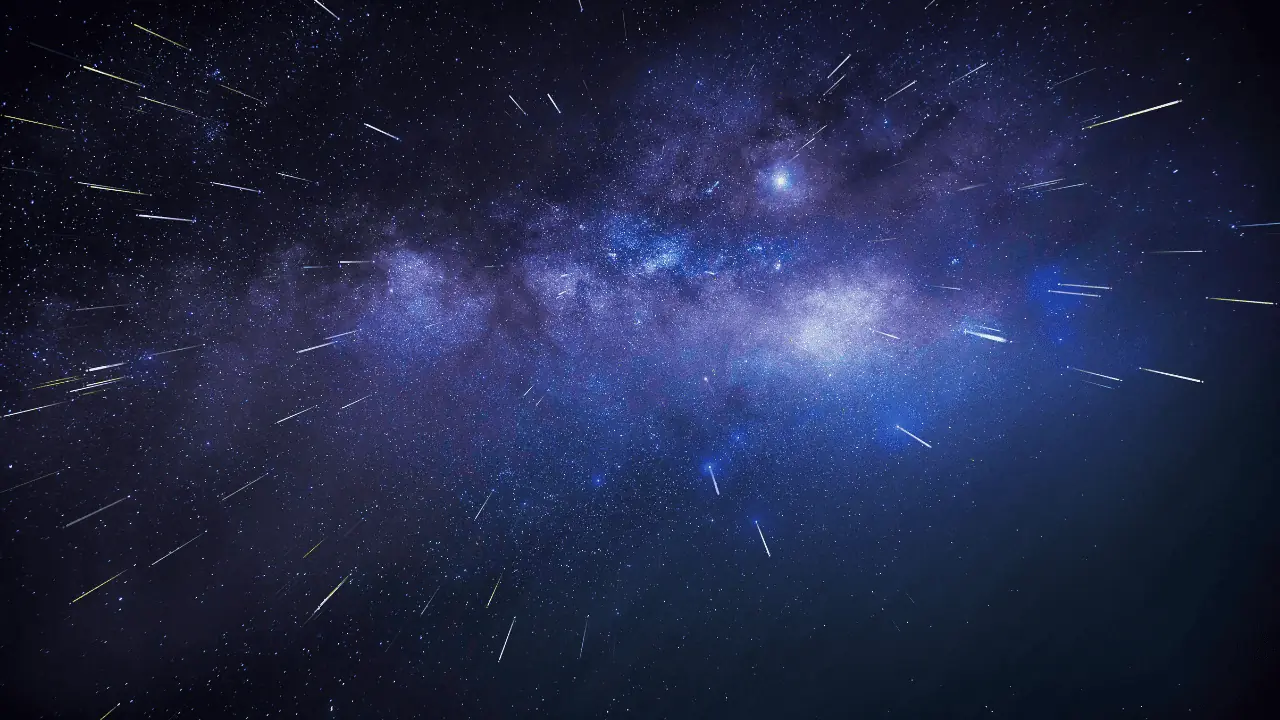A spectacular meteor shower will be visible in Ontario this week
Published April 20, 2024 at 11:40 am

Calling all stargazers who enjoy watching the sky especially for “shooting stars”— there is an opportunity this weekend and a little bit into the next to observe the April Lyrids.
According to Space.com, Lyrid meteors are among the oldest known, with ancient records of them dating back nearly 27 centuries.
This is an annual occurrence that displays fairly fast meteors that may be seen at night. This year you can observe them from April 16 to 25.
NASA notes that during the peak, a single observer might typically count between 10 to 20 meteors per hour.
Additionally, these showers generally produce over half of their maximum numbers for about a day or two around the date of their peak activity, which is predicted to fall during the evening hours of April 22 this year.
However, the upcoming Lyrid meteor shower’s visibility will be affected by the bright light of the nearly full moon during its peak, but viewers might still spot a meteor or two.
Like many meteor showers, the best time to view the Lyrids will be before dawn, although they will become visible around 10:30 p.m.
Lyrids are described as being particularly rich in faint meteors but do produce occasional bright ones. These meteors don’t tend to leave long, glowing dust trains behind them as they streak through the Earth’s atmosphere, although, they can produce the occasional flash called a fireball.
An accurate way to distinguish a Lyrid from any other meteors seen around the same time is that its trail points back to close by dazzling blue-white star Vega.
Space.com says the Lyrid meteor shower can sometimes intensify, generating up to 100 meteors per hour in an event known as an “outburst.” However, accurately predicting when this phenomenon will occur remains challenging.
If you are a first-time stargazer or an astronomy enthusiast, here are some items to be prepared with as recommended by Space.com:
- Red flashlight — Fainter meteors require eyes to adjust to the dark, especially when you’re using a night-sky map. The red light will help preserve your night vision.
- Warm clothing—Even in the summer months, it can get pretty chilly as you wait for the meteor showers. If you’re staying outdoors for a long period of time, grab a warm hat, coat, scarf, and sleeping bag.
- Hot drink —A hot beverage will help keep you warm. Tea and coffee are often the go-to choices as it also helps you stay awake.
- Deck chair—Looking up for hours at a time could strain your neck. For maximum comfort, it’s advised to use a deck chair that keeps you in an inclined position.






